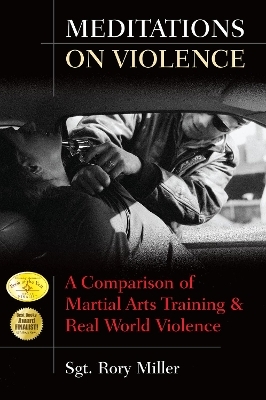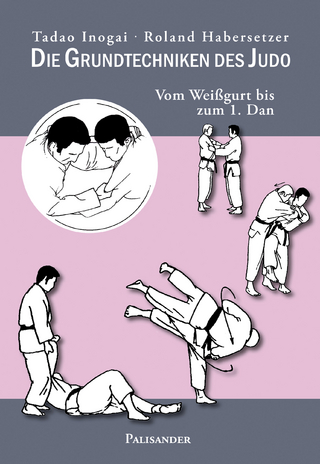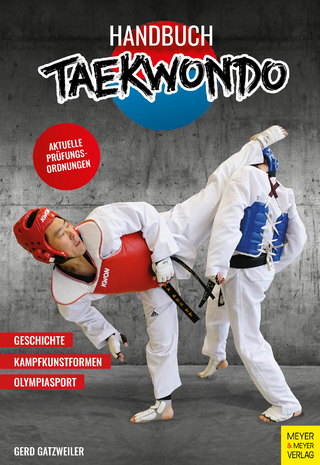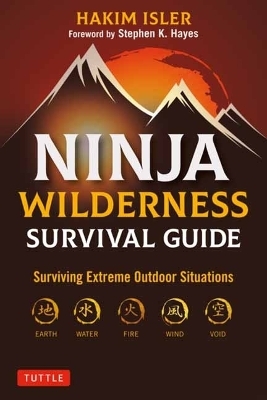
Meditations on Violence
A Comparison of Martial Arts Training and Real World Violence
Seiten
2008
|
New edition
YMAA Publication Center (Verlag)
978-1-59439-118-7 (ISBN)
YMAA Publication Center (Verlag)
978-1-59439-118-7 (ISBN)
Explores the complexity of violence, critical thinking, and the mind of the predator. This title offers martial arts training guidance and resources, and discusses how to overcome personal fears, and how to deal with the aftermath of violent encounters.
Examining the Gap Between Martial Arts Training and Real World Violence.
Experienced martial artist and veteran correction officer Sgt. Rory Miller (RET) distills what he has learned from jailhouse brawls, tactical operations and ambushes to explore the differences between martial arts and the subject martial arts were designed to deal with: Violence.
Section One: The Matrix. Introduces the myths, metaphors and expectations that most martial artists have about what they will ultimately learn in their dojo. This is then compared with the complexity of the reality of violence. Complexity is one of the recurring themes throughout this work.
Section Two: How To Think. Examines how to think critically about violence, how to evaluate sources of knowledge and clearly explains the concepts of strategy and tactics.
Sections Three and Four: Violence and Predators. Focuses on the dynamics of violence itself and the predators who perpetuate it. Drawing on hundreds of encounters and thousands of hours spent with criminals Sgt. Miller explains the types of violence; how, where, when and why it develops; the effects of adrenaline; how criminals think, and even the effects of drugs and altered states of consciousness in a fight.
Section Five: Training. Centers on training for violence, and adapting your present training methods to that reality. It discusses the pros and cons of modern and ancient martial arts training and gives a unique insight into early Japanese kata as a military training method.
Section Six: Making Physical Defense Work. Is all about how to make self-defense work. Miller examines how to look at defense in a broader context, and how to overcome some of your own subconscious resistance to meeting violence with violence.
Section 7: Aftermath. Deals with the aftermath—the cost of surviving sudden violence or violent environments, how it can change you for good or bad. It gives advice for supervisors and even for instructors on how to help a student/survivor. You may even learn a bit about enlightenment.
This book will change your perception of the world, martial arts and violence.
Examining the Gap Between Martial Arts Training and Real World Violence.
Experienced martial artist and veteran correction officer Sgt. Rory Miller (RET) distills what he has learned from jailhouse brawls, tactical operations and ambushes to explore the differences between martial arts and the subject martial arts were designed to deal with: Violence.
Section One: The Matrix. Introduces the myths, metaphors and expectations that most martial artists have about what they will ultimately learn in their dojo. This is then compared with the complexity of the reality of violence. Complexity is one of the recurring themes throughout this work.
Section Two: How To Think. Examines how to think critically about violence, how to evaluate sources of knowledge and clearly explains the concepts of strategy and tactics.
Sections Three and Four: Violence and Predators. Focuses on the dynamics of violence itself and the predators who perpetuate it. Drawing on hundreds of encounters and thousands of hours spent with criminals Sgt. Miller explains the types of violence; how, where, when and why it develops; the effects of adrenaline; how criminals think, and even the effects of drugs and altered states of consciousness in a fight.
Section Five: Training. Centers on training for violence, and adapting your present training methods to that reality. It discusses the pros and cons of modern and ancient martial arts training and gives a unique insight into early Japanese kata as a military training method.
Section Six: Making Physical Defense Work. Is all about how to make self-defense work. Miller examines how to look at defense in a broader context, and how to overcome some of your own subconscious resistance to meeting violence with violence.
Section 7: Aftermath. Deals with the aftermath—the cost of surviving sudden violence or violent environments, how it can change you for good or bad. It gives advice for supervisors and even for instructors on how to help a student/survivor. You may even learn a bit about enlightenment.
This book will change your perception of the world, martial arts and violence.
Rory Miller, former Sergeant, has been studying martial arts since 1981. He's a best-selling writer and a veteran corrections officer. He's taught and designed courses on Use of Force Policy and Decision Making, Police Defensive Tactics, Confrontational Simulations, and he has led and trained hi former agency's Corrections Tactical Team. Recently, he taught how to run a modern, safe, and secure prison at the Iraqi Corrections Systems, Iraq. Rory Miller resides near Portland, Oregon.
| Erscheint lt. Verlag | 17.7.2008 |
|---|---|
| Zusatzinfo | Black and white photographs |
| Verlagsort | Rochdale |
| Sprache | englisch |
| Maße | 152 x 228 mm |
| Gewicht | 327 g |
| Themenwelt | Sachbuch/Ratgeber ► Sport ► Kampfsport / Selbstverteidigung |
| ISBN-10 | 1-59439-118-1 / 1594391181 |
| ISBN-13 | 978-1-59439-118-7 / 9781594391187 |
| Zustand | Neuware |
| Informationen gemäß Produktsicherheitsverordnung (GPSR) | |
| Haben Sie eine Frage zum Produkt? |
Mehr entdecken
aus dem Bereich
aus dem Bereich
vom Weißgurt bis zum 1. Dan
Buch | Softcover (2024)
Palisander Verlag
29,80 €
surviving extreme outdoor situations
Buch | Softcover (2024)
Tuttle Publishing (Verlag)
9,95 €


